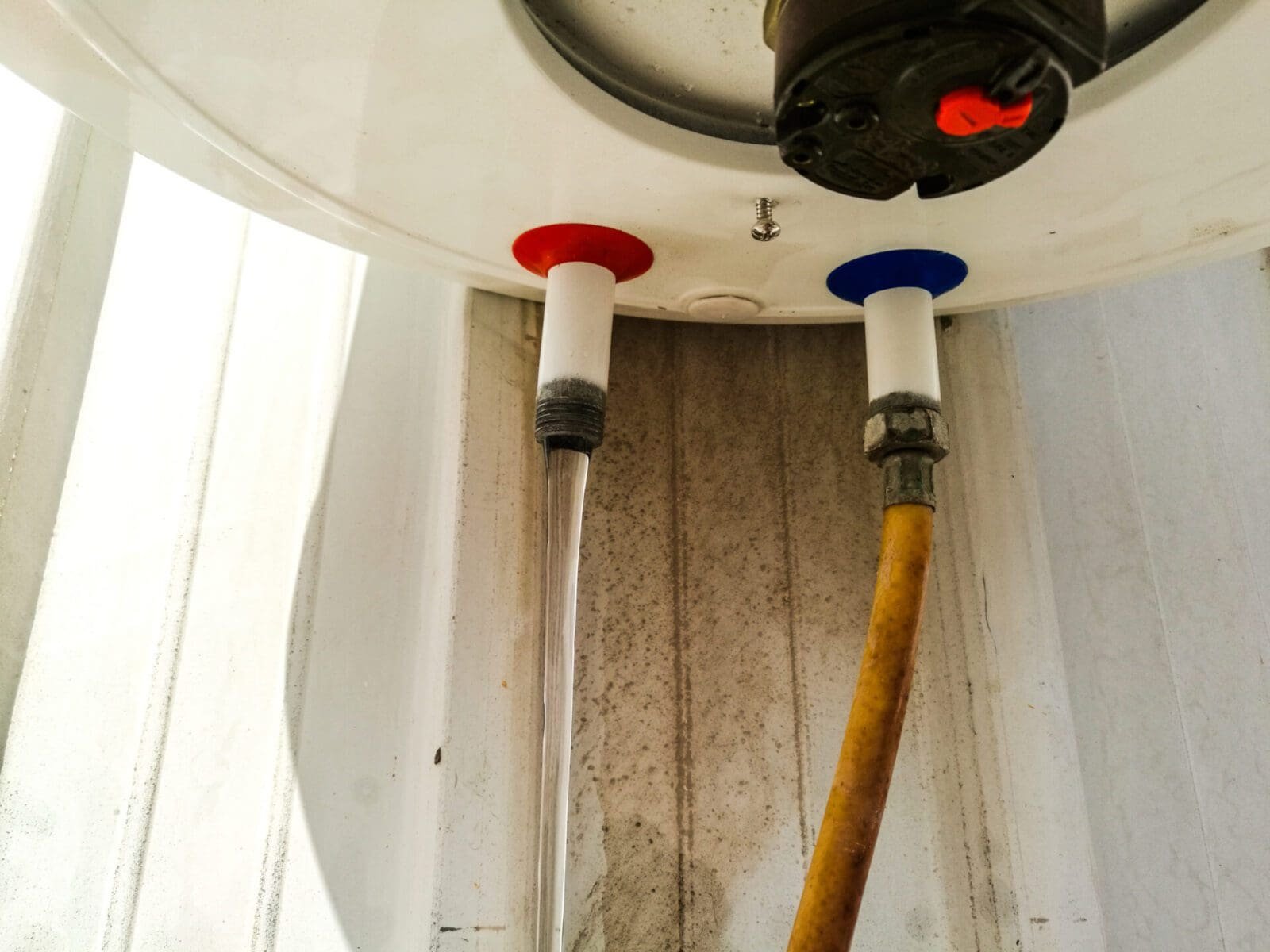Handling a Leaking Water Heater in Colorado
A water heater leak can be a homeowner's worst nightmare, especially in the picturesque state of Colorado. Not only can it lead to extensive home damage, but it can also result in significant repair costs. Nevertheless, if you're experiencing a water heater leak in the Centennial State, it's vital to act promptly to prevent further damage and ensure your family's safety. In this blog post, we'll provide guidance on what steps to take if you find yourself facing this common household problem while residing in Colorado.
Disable the Power and Water Supply
Safety should always be your top priority when dealing with a leaking water heater in Colorado. Start by turning off the power supply to the water heater. For electric water heaters, locate the circuit breaker in your electrical panel and switch it off. For gas water heaters, turn off the gas supply. After cutting off the power, shut down the water supply to the water heater to prevent further leakage.
Evaluate the Leak
Once you've safely disabled the power and water supply, inspect the water heater to identify the source and severity of the leak. Water heater leaks can originate from various places, including the pressure relief valve, drain valve, the tank itself, or from fittings and connections. Determining the source of the leak will help you understand the required repair or replacement steps while considering the unique conditions in Colorado.
Address the Pressure Relief Valve
If the leak is from the pressure relief valve, it may be due to excessive pressure inside the tank, influenced by Colorado's high altitude. You can attempt to release some pressure by briefly lifting the valve's lever. Be cautious as hot water may be released. If the leak persists, you may need to replace the valve.
Drain the Tank
If the leak is originating from the tank itself, it's essential to drain the water heater to prevent further damage. Attach a hose to the drain valve at the bottom of the tank and direct it to an appropriate drainage area, taking into account Colorado's climate and environmental considerations. Open the valve, allowing the water to flow out until the tank is empty.
Seek Professional Assistance
In most cases, water heater leaks require professional attention, which is especially important considering Colorado's varying weather conditions. Attempting to fix complex issues on your own may lead to more significant problems or even safety hazards. Contact a licensed plumber or a water heater specialist who is familiar with Colorado's unique challenges to assess the situation and provide appropriate solutions.
Decide on Repair or Replacement
Based on the professional assessment, you'll need to determine whether your water heater can be repaired or if it's time for a replacement, considering Colorado's climate and altitude. Minor issues, such as a faulty valve, might be repairable. However, if the tank itself is corroded or leaking, replacement is likely the best course of action.
Prevent Future Leaks
To prevent future water heater leaks while living in Colorado, it's crucial to schedule regular maintenance for your water heater, taking into account the state's environmental conditions. A professional can flush the tank, inspect and replace faulty components, and check for signs of corrosion. This preventive measure can extend the lifespan of your water heater and reduce the likelihood of leaks while accommodating Colorado's unique factors.
Conclusion
Dealing with a leaking water heater in Colorado can be challenging, but by following these steps, you can address the issue promptly and prevent further damage, all while considering the state's specific conditions. Remember that safety always comes first, and if you're uncertain about how to handle the situation, it's best to seek professional assistance from experts familiar with Colorado's challenges. With the right approach, you can ensure the long-term reliability and efficiency of your water heating system while safeguarding your home from potential water damage in the stunning state of Colorado.

